When and how are linden brooms harvested?
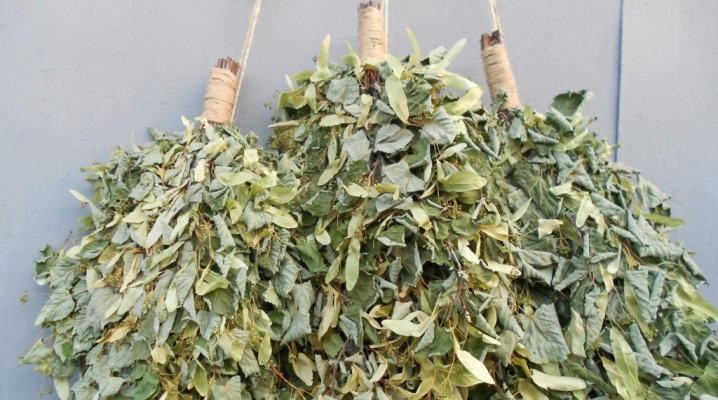
There is no greater pleasure than on a harsh, frosty winter day to take a steam bath and feel the delicate, fresh linden scent, reminiscent of a warm summer fragrant with the scents of nature.
Our ancestors were clearly gourmets, building linden houses and bathhouses, not to mention linden broths and brooms. Nowadays linden brooms are being revived, displacing oak and birch bath accessories. Although it can rightfully be argued that such brooms are an ancient classic, which was traditionally and quite justifiably used by our ancestors to cure various ailments and ailments.
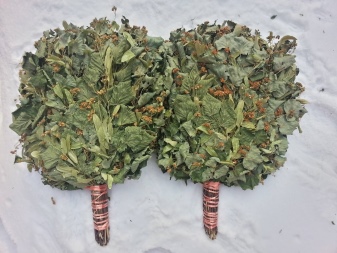
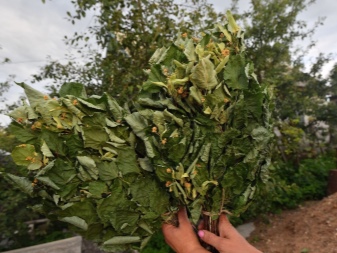
Procurement time
Along with oak and birch brooms, linden brooms for a bath are increasingly harvested today. The Slavs knew about their benefits since the times of Ancient Russia and used them on an equal basis with other bath means. Modern research has established that such attention of our ancestors to linden is quite justified. It turns out that the leaves of this beautiful tree contain about 30 flavonoids belonging to the polyphenol group, which are powerful antioxidants and anti-inflammatory substances of natural origin. Linden is also loaded with glycosides (tiliacin and hesperidin), phytoncides, carotene, essential oils and saponins.

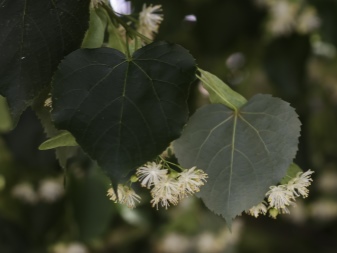
Our ancestors quite reasonably believed that in terms of their beneficial effects on human health, linden brooms are superior to birch and oak counterparts.
Linden leaves effectively intensify the process of removing negatively active substances from the organs, especially in case of colds or intoxication. As established, carrying out three or four steam bath procedures leads to interesting results.
- The level of immunity is noticeably increased, which is extremely important in the seasons of frequent manifestations of colds.
- The tone of the body and its general well-being are noticeably improved, since toxins are intensively eliminated.
- Minor injuries and abrasions heal much faster.
- Acne on the body disappears, as pathogens die, and their reproduction stops.
- Vapors of essential oils improve the functioning of the respiratory system, which is important in cases of asthma or bronchitis.
- Reduces pain in the muscular and articular systems. Sports doctors know about this and effectively use this property of linden in practice.
- Linden successfully eliminates the manifestations of pain syndromes in rheumatism and ailments of neurological origin.
- Linden broom really lifts the mood, tames the development of depressive symptoms and migraines.
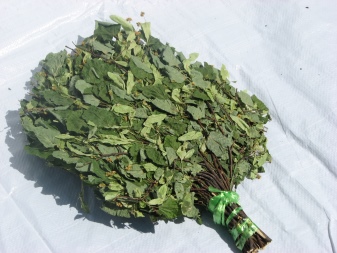

Linden twigs are usually collected in the northwestern part of the country, but linden often grows in the northern regions of Russia. Linden is a long-liver; the tree lives up to 400 years.
During the periods of its flowering, fragrant aromas arise, and the air is clearly fresher. Fruits appear after about half a month of flowering.
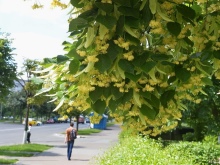
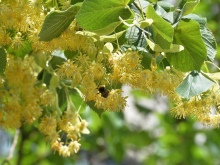
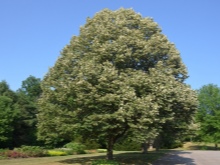
It is at this time that the preparation of brooms is done, because during flowering, the most intensive sap flow occurs in the growing branches, where various microelements are abundantly present.
They prepare fake "massagers", guided by a number of rules.
- The collection of twigs begins in May and ends in early July.
- On the eve of harvesting, rain is undesirable. The days are dry and not very hot.
- Young and small twigs of light shades, no more than 50 cm long, are carefully broken or cut. Further, after drying or fresh, they are knitted.
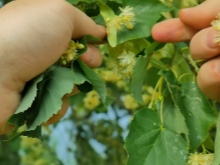
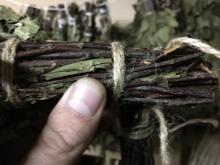
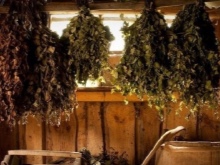
After carrying out the preparation of "massagers" from linden, it is recommended to store them no longer than three years. At the end of this period, they will no longer give the expected effect. Proper preparation allows you to apply one broom 2-3 times. The linden broom itself is soft, so it is better to add a little oak or birch twigs to it.
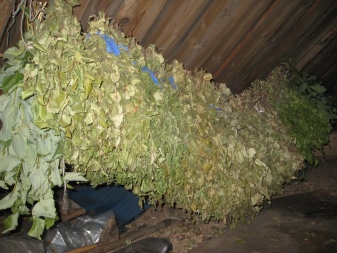
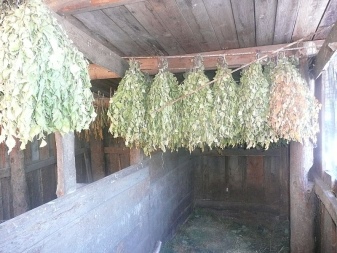
How to collect correctly?
The correct collection of linden branches for a bath is carried out when the most active growth of trees is observed - it is at this time that the productive circulation of trace elements occurs throughout the body of the plant. It is better to harvest on a sunny day - the bright rays of the luminary increase the intensity of the photosynthesis process and the amount of useful components in the tree. It is not worth picking branches - it is so easy to injure the plant. It is necessary to collect young twigs that appeared this year. Cut them off at the base, and then lay them out to dry.
The actual factor of collection is not only the time, but also the place of harvesting the branches. We recommend choosing groves that are located further from the roads. If the plant grows in a summer cottage, it is also allowed to use it.
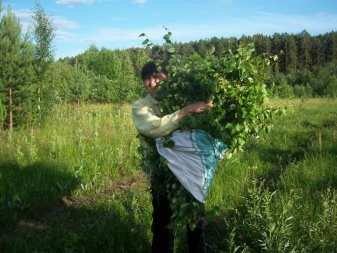

It is better to collect it in the morning. It is allowed to break branches with your hands in the most accurate way, which allows you to reduce the loss of juice from the collected branches, as well as their release from the tree. You can trim them already when knitting a broom.
The maximum amount of trace elements necessary for the body is found in linden leaves and inflorescences collected during the flowering periods of the tree. It is quite possible to combine the collection with the process of thinning the crowns of park and garden trees, carried out in the same period.
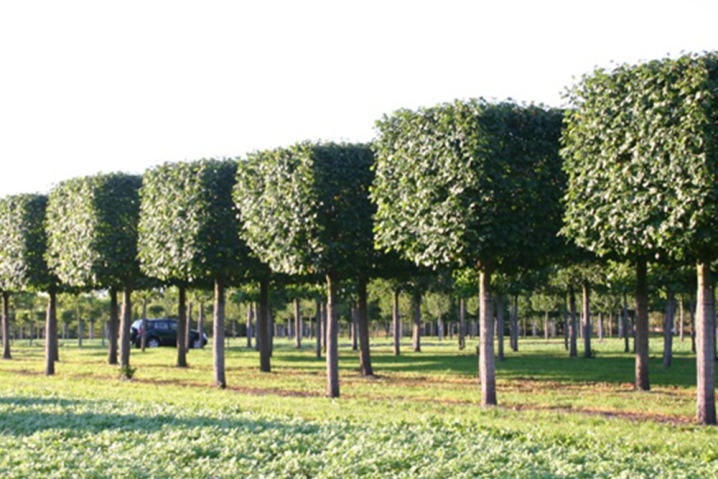
The cordate linden species usually blooms for two weeks in June – July. Too hot days shorten the flowering period, and this is important to consider when planning harvesting work. For harvesting, days are specially chosen when most of the flowers have blossomed or a small number of them still remain in the budding phase. Of course, it is necessary to avoid collecting branches affected by pests and phytopathogens, as well as branches with ripening fruits. Raw materials that are wet after dew or rain become very dark during drying.
When harvesting brooms, you should not cut down trees or large large branches, causing irreparable damage to these noble plants.

Steaming and drying
As noted, linden branches are soft and easily vulnerable. Therefore, it is not worth brewing them in boiling water and alternating temperatures - this can immediately lead to the fall of delicate foliage.
Before the soaking process, the broom is gently rinsed in cool water, removing possible dust and dirt (a strong stream of water will cause the foliage to fall off).
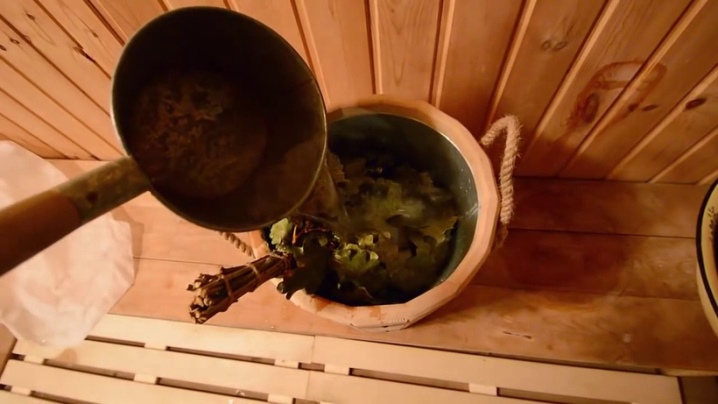
You can make the correct soaking of a broom by observing a number of rules. A broom must not only be properly prepared, but also used correctly.
- The optimum temperature for "steaming" a broom is not higher than 80 ° C. Excessively hot water will damage linden twigs.
- In order to avoid loss of color and leaf fall, it is better to rinse the broom carefully in cool water (you can rinse it in a basin).
- Do not soak the broom at temperatures up to 80 degrees for more than 20 minutes. Otherwise, it will lose its aroma and other useful properties.
- If within 20 minutes the linden aroma does not unfold, then it is worth bringing the broom to a red-hot oven and soak for about 2 minutes.
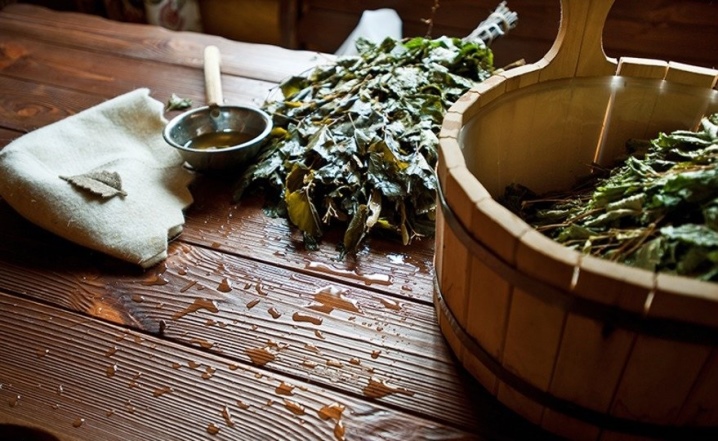
The product is now ready for massage treatments. Strong pats should be avoided if the broom is not reinforced with birch or oak twigs. The massage should be light, starting from the head and ending with the feet. First, massage with gentle strokes, then move on to light whipping.
Problematic areas of the body are massaged by applying a broom and holding it, which is especially effective for pain in the joints and lower back. Significant changes in your health will be clearly felt within a month, if you visit the bath regularly.

Knitting
Linden branches are knitted in brooms immediately after a short drying of the raw material in a shady place. The branches should be protected from direct exposure to ultraviolet radiation and strong humidity., only then will it be possible to preserve the natural color of the inflorescences and leaves of the broom - soft shades of yellow and rich green tones.
When forming brooms, they are knitted, placing thicker branches inside, and thin ones outside. They are knitted from fresh blanks and from previously dried in a dark, dry and ventilated room.
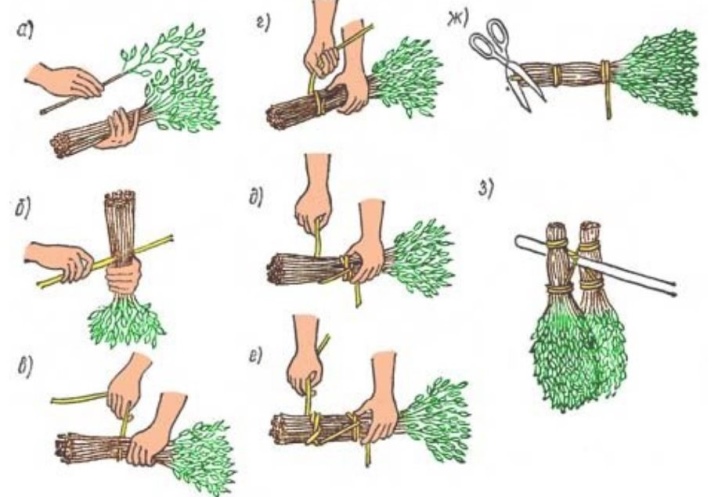
In this case, the curved twigs are folded by bending into the broom to form a dense fan. After its molding, the handle is knitted: for this, branches are tied with a dense braid at the base of the broom from the side of its thickening and slightly higher, at the transition to the fan. The width of the handle should be 1.5-2 palms. When cutting, it is more convenient to use a pruner to keep the branches of the same length.
Drying is carried out in a dark, well-ventilated area. Sun exposure to the workpiece is completely excluded. To quickly eliminate moisture, the brooms are laid out in one row on straw, which absorbs moisture well.
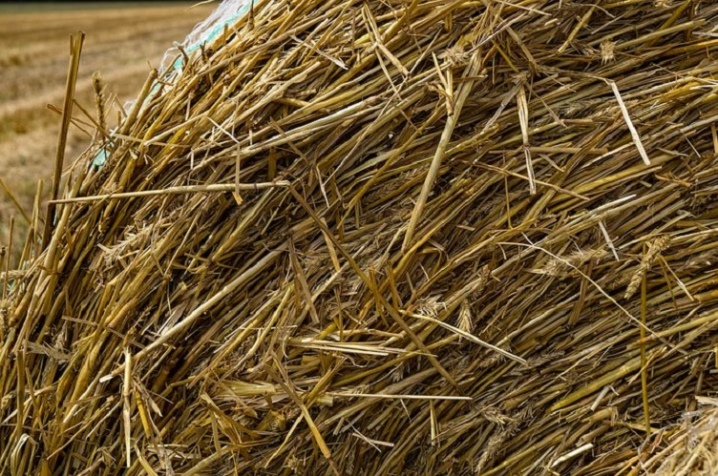
The formation of brooms is a matter of taste, for some, the hard option is better, but for others, soft products are preferred. The same is the case with the shape of the brooms.
The smell of a linden broom is weak, but the aroma is subtle and pleasant, it has a honey aftertaste. Of course, purchased brooms do not shine with such quality, so it is better to harvest them yourself.
How to prepare and store linden brooms, see below.




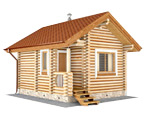
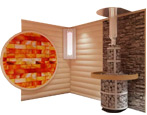


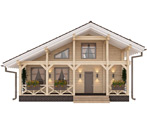
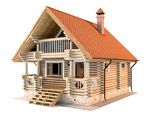


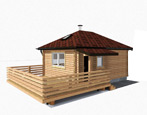
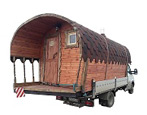


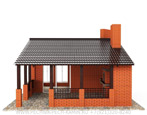

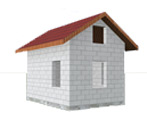

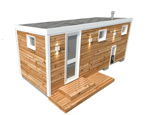
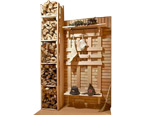

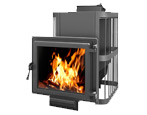
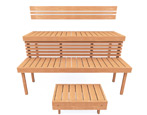


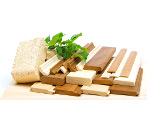


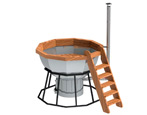
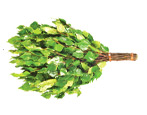
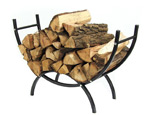
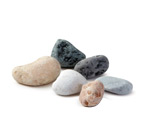
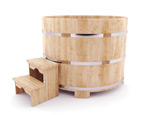
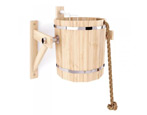
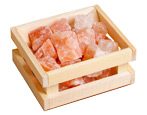

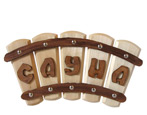
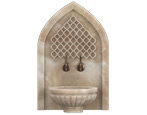

























































The comment was sent successfully.